Passing the rules for driving in a new country can be tricky, especially when it comes to official documents. The Driver and Vehicle Licensing Agency (DVLA) is the body responsible for driving licensees in the UK. Here’s a comprehensive guide to getting your UK driving license as a foreign national.
Step 1: Understand Your Current Driving Status (Can You Drive Immediately?)
Before you do anything, check if you can even drive in the UK with your existing licence. This depends on where your original licence was issued and how long you’ve been a UK resident.
- Licences issued in the European Economic Area (EEA) or Switzerland:
- You can usually drive in the UK until you are 70 (or 3 years after becoming a resident if you’re 67 or over).
- You can then exchange your licence for a UK one without taking a test.
- Licences issued in ‘Designated Countries’ (e.g., Australia, Canada, New Zealand, South Africa, USA, etc.):
- You can drive for up to 12 months from the date you became a resident in the UK.
- Within those 12 months, you can exchange your licence for a UK one without taking a test. If you don’t exchange it within this period, you’ll need to take both the theory and practical tests.
- Licences issued in ‘Other Countries’ (most other countries not listed above):
- You can drive for up to 12 months from the date you became a resident in the UK.
- After 12 months, your foreign licence will not be valid for driving in the UK, and you must apply for a provisional UK licence and pass both the theory and practical driving tests.
Important: You are considered a ‘resident’ in the UK when you move here and live here for 185 days (approximately 6 months) or more in a 12-month period. Your ‘date of becoming a resident’ is the first day you arrived.
Step 2: The Application Process (Exchange or Start from Scratch?)
Your next steps depend on whether you can exchange your existing licence or if you need to take tests.
Option A: Exchanging Your Licence (Lucky You!)
This is the simplest route if your licence is from the EEA, Switzerland, or a ‘designated country’ and you’re within the 12-month window.
- Get a D1 Application Form: You can order this online from the DVLA website, or pick one up from most Post Offices.
- Fill it Out: Complete the form carefully, providing your personal details, current licence information, and health declarations.
- Include Required Documents:
- Your original foreign driving licence (which will be sent back to you after the exchange, sometimes separately).
- A valid UK passport or other identity document (check the D1 form for acceptable IDs).
- A passport-style photograph (if not exchanging a photo card licence).
- Proof of address (e.g., a utility bill or bank statement less than 3 months old).
- Send it Off: Post the completed form and documents to the DVLA address provided on the D1 form.
- Wait for Your New Licence: The DVLA will process your application, and your new UK photocard licence should arrive in a few weeks. You can usually continue driving while your application is being processed, but keep proof of postage and copies of your documents.
Option B: Applying for a Provisional Licence and Taking Tests
If your licence is from an ‘other country’ or you’ve passed the 12-month grace period, you’ll need to go through the full UK driving test process.
-
Apply for a Provisional Driving Licence:
- Again, get a D1 application form from the Post Office or order online from DVLA.
- Fill it out with your personal details and include the required ID and photo.
- Cost: There’s a fee for the provisional licence (currently £34 online, £43 by post).
- Once you have your provisional licence, you can start learning to drive, but you must be supervised by someone who is over 21, has a full UK driving licence for at least 3 years, and you must display ‘L’ plates (or ‘D’ plates in Wales).
-
Pass the UK Theory Test:
- This is a two-part computer-based test:
- Multiple-choice questions: Based on the Highway Code.
- Hazard perception: You’ll watch video clips and click when you spot developing hazards.
- Preparation: Study the Highway Code thoroughly! There are official apps and books available.
- Booking: Book your theory test online via the GOV.UK website.
- Cost: Currently £23.
- This is a two-part computer-based test:
-
Take Driving Lessons (Highly Recommended):
- Even if you’re an experienced driver, UK roads and rules can be different. Professional driving instructors (ADIs – Approved Driving Instructors) will teach you the specific skills and manoeuvres needed to pass the UK practical test.
- They’ll also help you get used to driving on the left side of the road!
-
Pass the UK Practical Driving Test:
- This is typically a 40-minute driving assessment with a DVSA (Driver and Vehicle Standards Agency) examiner.
- It includes a driving assessment, a ‘show me, tell me’ vehicle safety check, and specific maneuvers (e.g., parallel parking, reversing into a bay).
- Booking: Book your practical test online via the GOV.UK website.
- Cost: Currently £62 (weekday) or £75 (evening/weekend).
- Tip: Your driving instructor will usually accompany you in their car for the test.
-
Receive Your Full UK Driving Licence:
- If you pass the practical test, the examiner will usually take your provisional licence from you there and then.
- Your full UK photocard driving licence will then be sent to you in the post within a few weeks. Congratulations, you’re officially a UK driver!
Essential Documents & Things to Remember:
- Proof of Identity: Always have your passport.
- Proof of Residency: Utility bills, bank statements, tenancy agreements.
- Your National Insurance (NI) Number: You might be asked for this.
- Medical Conditions: Be honest about any medical conditions that might affect your driving. Failing to declare them can lead to serious penalties.
- Eyesight Check: You must be able to read a modern-style number plate from 20 metres (approx. 66 feet) away. If you wear glasses or contact lenses, you must wear them while driving.
- Insurance: You must have valid car insurance to drive any vehicle on UK roads, even if you’re just learning. The car you use for lessons and tests must also be insured for that purpose.
- Road Tax (VED): Any vehicle you own and drive must have valid road tax.
- MOT (Ministry of Transport) Certificate: If your car is over 3 years old, it needs an annual MOT test to ensure it’s roadworthy.
Getting your UK driving licence might involve a few hoops, but the freedom it offers is well worth the effort. Take it one step at a time, follow the official guidance, and before you know it, you’ll be confidently navigating the diverse and often beautiful roads of the United Kingdom!

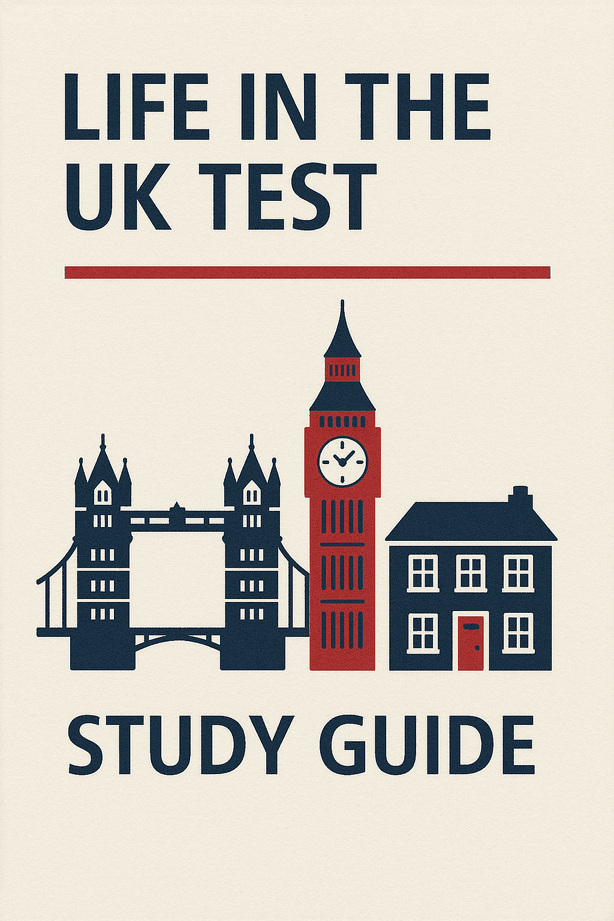
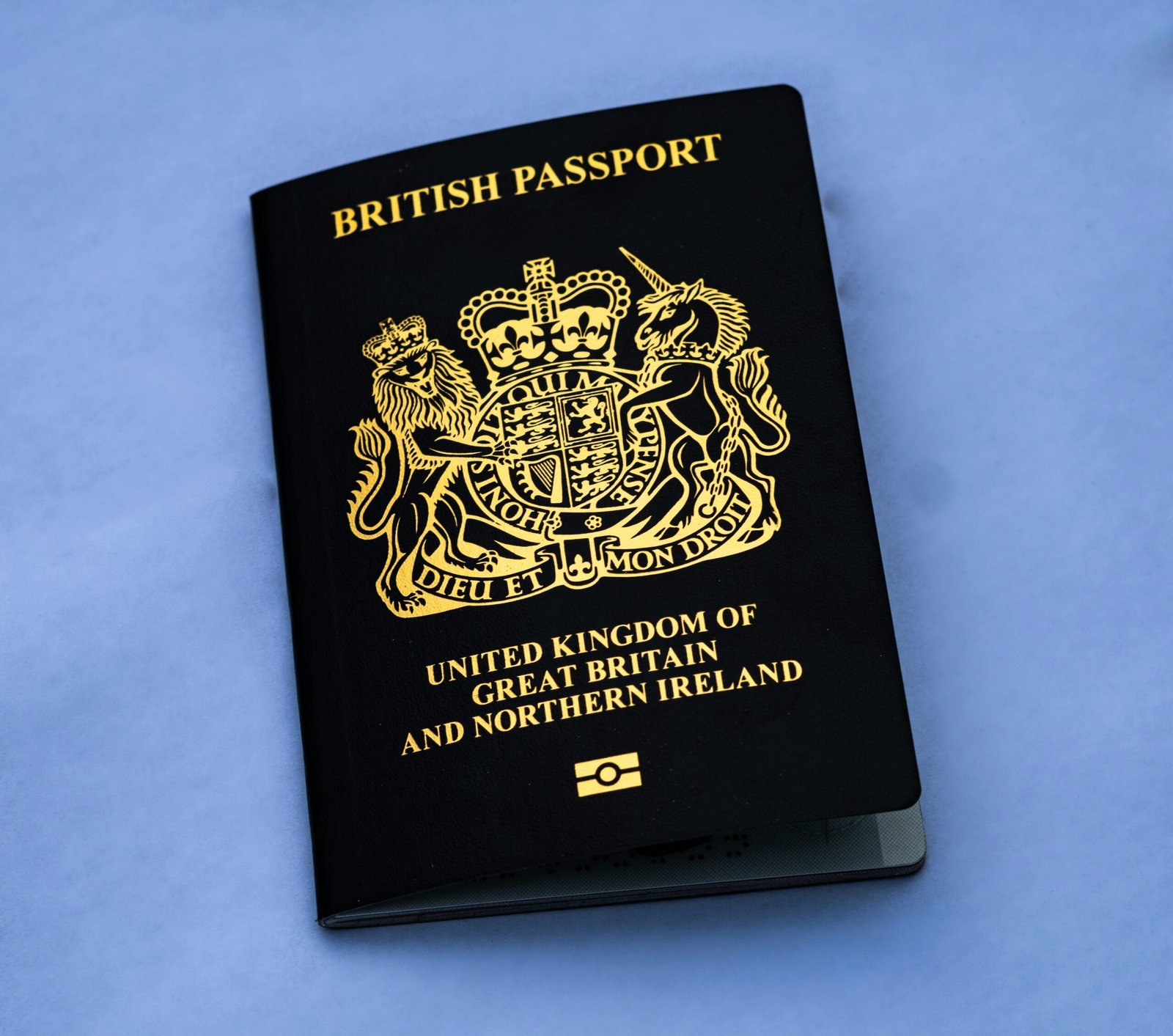
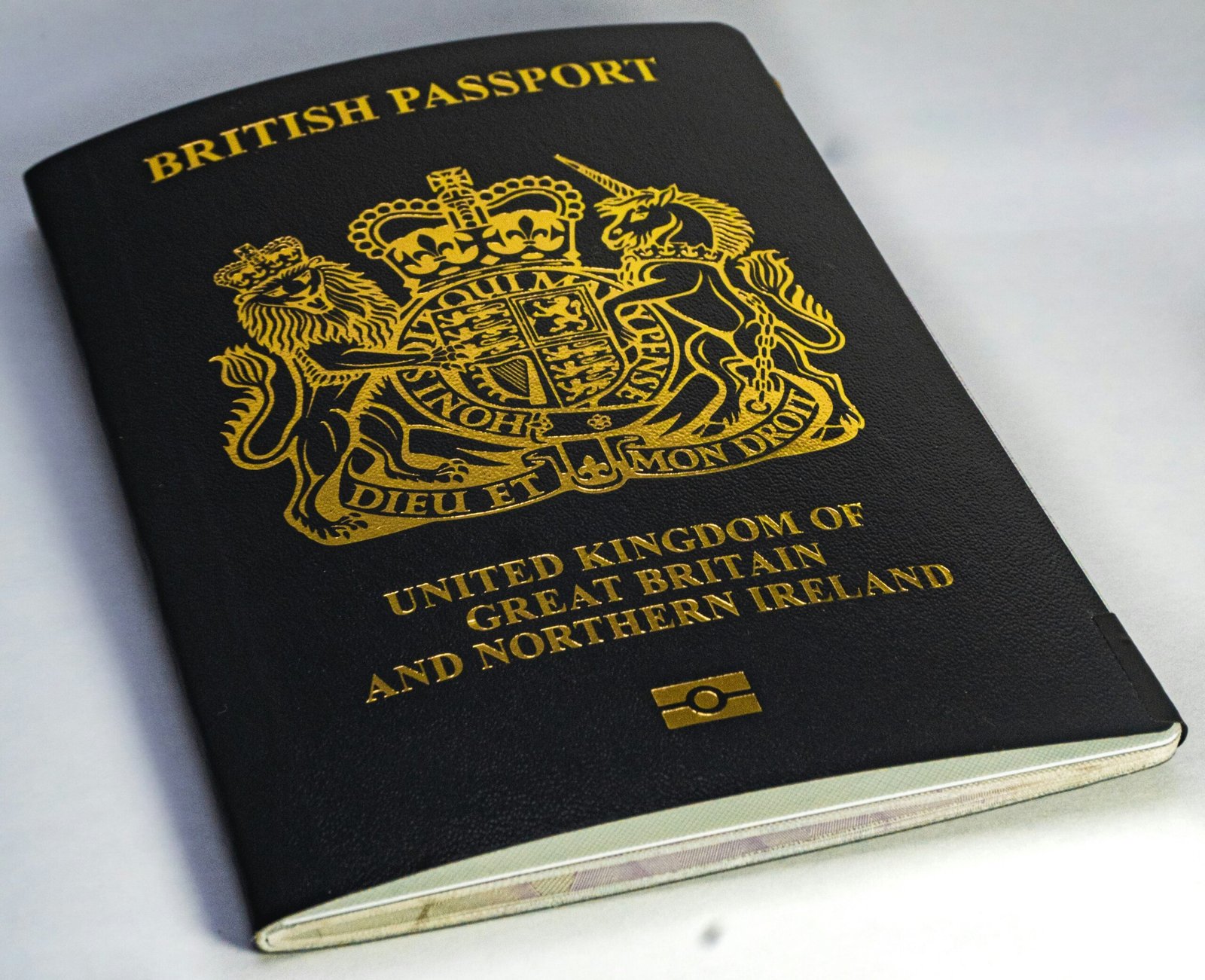

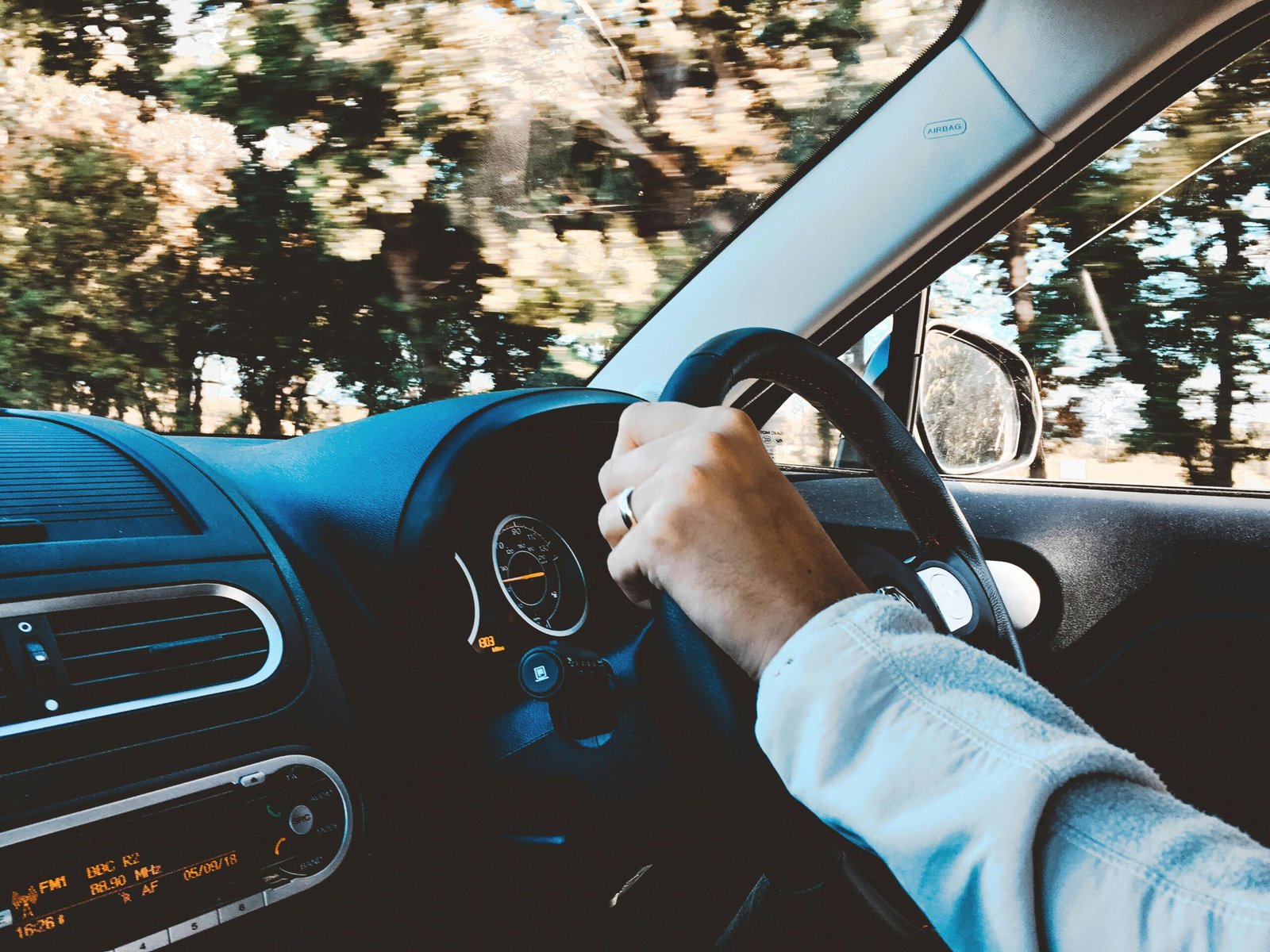



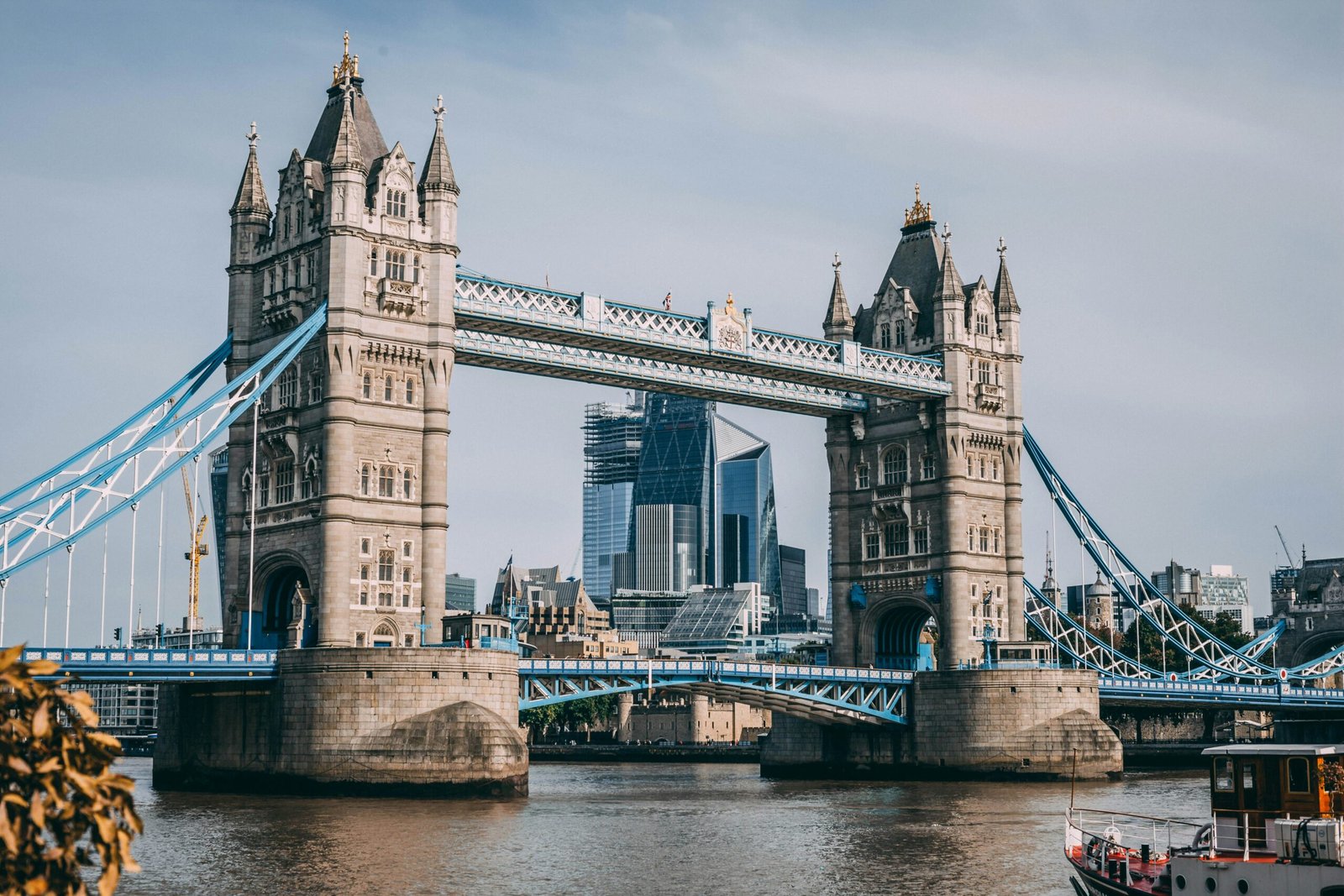
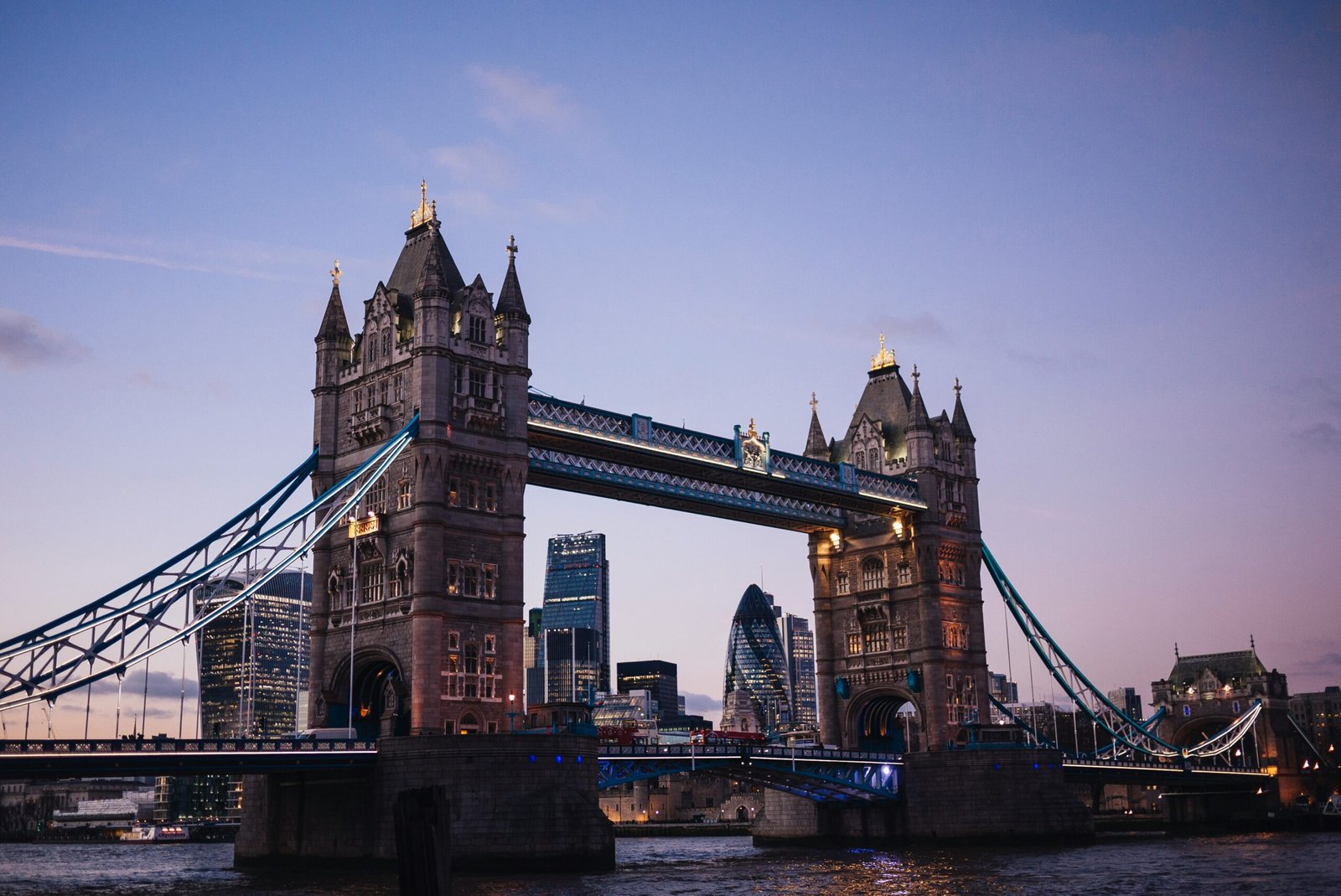
Leave a comment